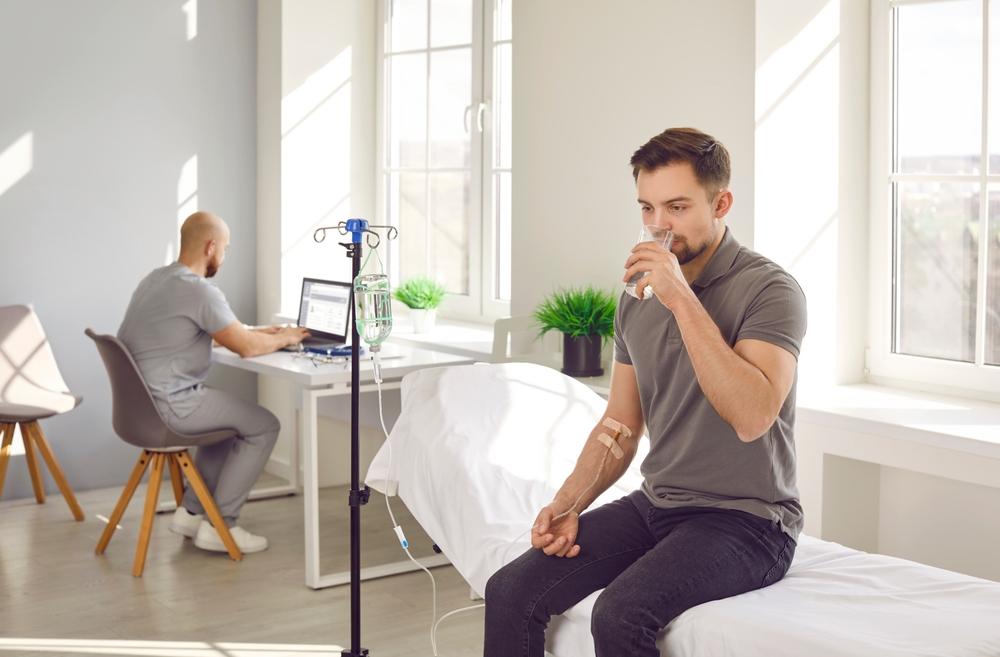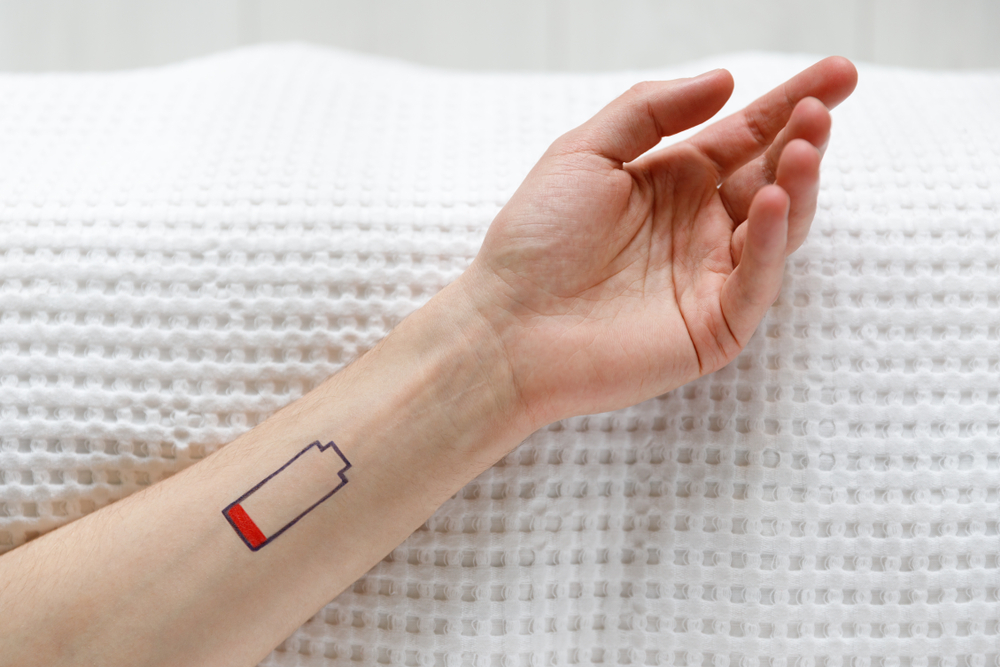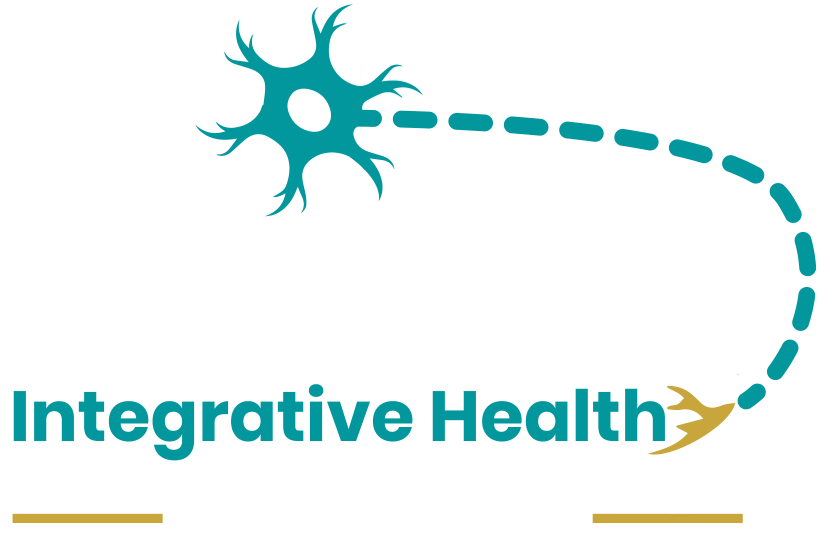Denver Neurofeedback at Axon Integrative Health
According to the American Psychological Association and the Encyclopedia of Psychology, “Anxiety is an emotion characterized by feelings of tension, worried thoughts, and physical changes like increased blood pressure. People with anxiety disorders usually have recurring intrusive thoughts or concerns. They may avoid certain situations out of worry. They may also have physical symptoms such as sweating, trembling, dizziness, or a rapid heartbeat. Anxiety is not the same as fear, but they are often used interchangeably. Anxiety is considered a future-oriented, long-acting response broadly focused on a diffuse threat, whereas fear is an appropriate, present-oriented, and short-lived response to a clearly identifiable and specific threat.”
According to the Anxiety and Depression Association of America, “Anxiety disorders are the most common mental illness in the U.S., affecting 40 million adults age 18 and older every year. Anxiety disorders affect 31.9% of adolescents between 13 and 18 years old.” Further, the AADA informs:
Generalized Anxiety Disorder (GAD)
– GAD affects 6.8 million adults or 3.1% of the U.S. population, yet only 43.2% are receiving treatment. NIMH: Generalized Anxiety Disorder.
– Women are twice as likely to be affected as men. GAD often co-occurs with major depression.
Panic Disorder (PD)
– PD affects 6 million adults or 2.7% of the U.S. population. NIMH: Panic Disorders.
– Women are twice as likely to be affected as men.
Social Anxiety Disorder
– SAD affects 15 million adults or 7.1% of the U.S. population. NIMH: Social Anxiety Disorder.
– SAD is equally common among men and women and typically begins around age 13. According to a 2007 ADAA survey, 36% of people with social anxiety disorder report – experiencing symptoms for 10 or more years before seeking help.
Specific Phobias
– Specific phobias affect 19.3 million adults or 9.1% of the U.S. population. NIMH: Specific Phobias.
– Women are twice as likely to be affected than men.
– Symptoms typically begin in childhood; the average age of onset is 7 years old.
– Obsessive-compulsive disorder (OCD) and posttraumatic stress disorder (PTSD) are closely related to anxiety disorders, which some may experience at the same time, – along with depression.
Stress
– Everyone experiences stress and anxiety at one time or another. The difference between them is that stress is a response to a threat in a situation. Anxiety is a reaction to stress. Read APA: Stress in America: A National Mental Health Crisis (Oct 2020)
Obsessive-Compulsive Disorder (OCD)
– OCD affects 2.5 million adults or 1.2% of the U.S. population. NIMH: Obsessive-Compulsive Disorder.
– Women are 3x more likely to be affected than men.
– The average age of onset is 19, with 25% of cases occurring by age 14. One-third of affected adults first experienced symptoms in childhood.
Post-traumatic Stress Disorder (PTSD)
– PTSD affects 7.7 million adults or 3.6% of the U.S. population. NIMH: Post-traumatic Stress Disorder.
– Women are 5x more likely to be affected than men.
– Rape is the most likely trigger of PTSD: 65% of men and 45.9% of women who are raped will develop the disorder.
– Childhood sexual abuse is a strong predictor of the lifetime likelihood of developing PTSD.
Related Illnesses
Many people with an anxiety disorder also have a co-occurring disorder or physical illness, which can make their symptoms worse and recovery more difficult. It’s essential to be treated for both disorders.
Obsessive-compulsive disorder (OCD) and posttraumatic stress disorder (PTSD) are closely related to anxiety disorders, which some may experience at the same time, along with depression.
And finally, the ADAA lists the following as common co-occurrences with Anxiety:
Adult ADHD
Bipolar Disorder
Body Dysmorphic Disorder
Eating Disorders
Fibromyalgia
Headaches
Irritable Bowl Syndrome
Sleep Disorders
Stress
Substance Abuse
Through a neurofeedback lens, anxiety is often correlated with commonly seen dysfunctions in brain wave activity and distribution. One of those presentations is excessive fast wave activity, especially HiBeta brain waves. When seen in the temporal and occipital lobes often leave the brain in a susceptible state of experiencing anxiety, overwhelm and panic. These areas are where memory and emotional components are assembled. Deeper to these lobes are many structures of the brain like the Hippocampus and Amygdala that make up our Limbic System, the main source of alert and warnings systems for and from our nervous system. This is where our Fight-or-Flight capacity comes from. With too much fast activity, this area is essentially ‘stuck on’ and prone to being highly reactive.
When considering the left and right hemispheres of the brain, it is widely regarded that the left side of the brain runs slightly faster, in brainwave speak, than the right side of the brain. Therefore, when the right hemisphere is dominated by fast wave activity, this is another scenario where we would be likely to experience anxiety-type states. It’s like running full speed downhill, eventually our legs can’t keep up and we trip and fall. Things were moving too quickly for the given circumstances. Further, the right side of the brain tends to contribute more to a ‘seeing the big picture’ type of thought experience. This is important for creative efforts and finding solutions to abstract problems, being able to notice patterns and associations between things, and a lot of our social capacities in terms of interacting smoothly and appropriately with others derive from the right side of the brain. When that area is experiencing too much fast activity, it is like trying to drink water from a firehose.
Our frontal lobes have robust and direct connections with the amygdala. This helps us problem solve and critically think during challenging or threatening situations. But just like how a functional movement or posture can become dysfunctional and cause pain because the associated muscles are repeatedly and extensively activated, connections in the brain can grow ‘rigid’ or ‘locked in’ if the pathways are constantly firing. This is called Coherence, a measurement of how much different areas of the brain are communicating with each other. Hyper-coherence from the frontal lobes to the amygdala is another way a brain may find itself leaning in the direction of being likely to experience anxiety and similar states or conditions.
At Axon Integrative Health, we are able to measure brain wave activity and communication metrics with information known as a Quantitative Electroencephalogram or qEEG. We call that a brain map. It’s very simple to do and has no side effects. We collect two 5-minute recordings of the brain’s electrical activities and use an international normative database to compare against healthy and well-functioning peers, to identify where an individual’s brain activity is below, at, or above average. This information helps to display patterns that may correspond to diagnostic information and/or cognitive deficits.
Finally, based on the findings of the qEEG and the details you describe that make up the experience ailing you, we use Neurofeedback to guide the brain back to efficient and optimal capacities. Neurofeedback is like personal training for the brain. The protocol design is unique to the individual, progressive in nature and modifiable each step of the journey. We communicate with the brain via visual and auditory sensory channels and deliver it pleasant and enjoyable interactions when its activity is moving in the ideal direction. This is called operant conditioning. The same way we train a pet to do a trick well, such that when the successful outcome is produced, a treat is provided as a reward to reinforce the behavior that produced the ideal outcome. We are not forcing the brain to do anything, but guiding and reminding it how to do what it is designed to do in the first place, function smoothly and efficiently.
If anxiety is something that you are wanting to reign in and reduce the detrimental impact of, then call Axon Integrative Health today at ……….. to ask any further questions and schedule your brain map to begin your healing and betterment journey.







